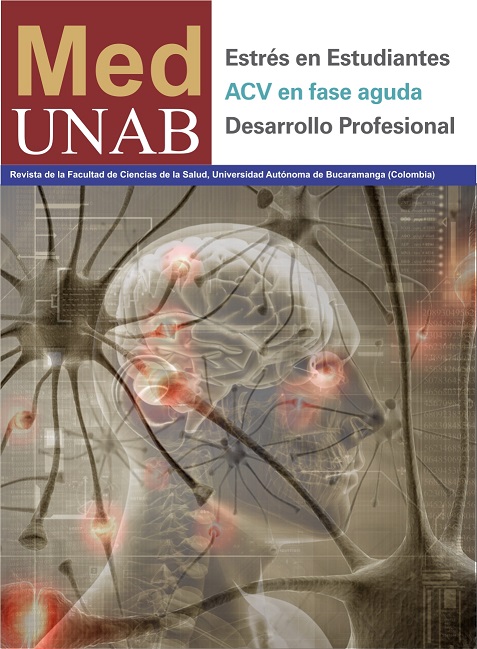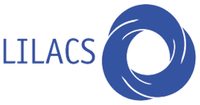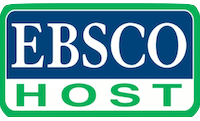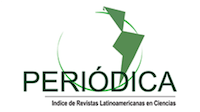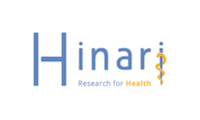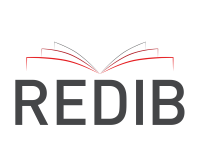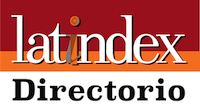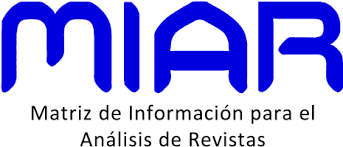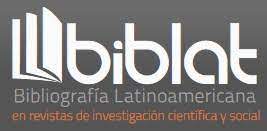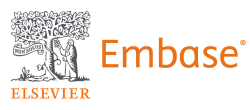Continuous professional development for physicians
Resumen
Maintenance of professional competence remains an exercise of permament learning and an essential requirement for evidence –based medical practice. Physicians attend continuing professional development (CPD) programs to acquire new knowledge. Often CPD programs remain the main source for updates of information. CPD organizers have a considerable responsibility in determining appropriate curriculum for their conferences. Organizing an effective CPD activity often requires understanding of the principles of adult education. Prior to deciding on the curriculum for a CPD, course organizers should conduct needs assessment of physicians. CPD planners should create activities that would consistently improve physician competence. CPD sessions that are interactive, using multiple methods of instructions for small groups of physicians from a single specialty are more likely to change physician knowledge and behavior. The effectiveness of a CPD program should be evaluated at a level beyond measuring physician satisfaction. CPD planners should incorporate methods to determine the course attendees’ improvement of knowledge, skills and attitudes during the CPD activities. Pre and post conference evaluations of physicians using multiple choice questions may form a useful method of assessment.Referencias bibliográficas
Mazmanian PE. Role of continuing medical education in the United States. J Contin Educ Health Prof. 2005;25:132-133.
Mazmanian PE, Galbraith R, Miller SH, et.al. Accreditation, certification and licensure: How six general competencies are influencing medical education and care. J Med Licensure and Discipline 2008;94:8-14.
Kaufman DM. Applying education theory in practice. BMJ 2003;326: 213-216.
Knowles MS. The modern practice of adult education: andragogy versus pedagogy New York, NY: Association Press, 1970.
Knowles MS. Introduction: the art and science of helping adults learn. Andragogy in action: applying modern principles of adult learning. San Francisco, Calif: Jossey-Bass, 1984.
Bandura A. Social Foundations of Thought and Action. A social cognitive theory. Englewood Cliffs, NJ: Prentice-Hall, 1986.
Schön DA. The Reflective Practitioner: how professionals think in action. New York: Basic Books, 1983.
Mezirow J. Understanding transformative theory. Adult Education Quarterly 1994; 44:222-244.
Candy PC. Self-direction in Lifelong learning. San Francisco, Calif: Jossey-Bass, 1991.
Kolb DA. Experiential learning: experience as the source of learning and development. Englewood Cliffs, NJ: Prentice-Hall, 1984.
Lave J and Wenger E. Situated Learning: legitimate peripheral participation. New York: Cambridge University Press, 1991.
Wenger E. Communities of Practice: learning, meaning and identity. New York: Cambridge University Press, 1998.
Collins J. Education techniques for lifelong learning: principles of adult learning. Radiographics 2004;24:1483-89.
Wilcock PM, Janes G, Chambers A. Health care improvement and continuing interprofessional education: continuing interprofessional development to improve patient outcomes. J Contin Educ Health Prof 2009;29:84–90.
Grant J. Learning needs assessment: assessing the need. BMJ 2002;324:156-159.
McClaren J, Franco E, Snell L. Type of clinical problem is a determinant of physicians' self-selected learning methods in their practice settings. J Contin Educ Health Prof 1998;18:107–118.
Pyatt RS, Moore DE, Caldwell SC. Improving outcomes through innovative continuing medical education partnership. J Contin Educ Prof. 1997;17:239–244.
Association of American medical college. [On-line]. Available from: https://www.aamc.org/initiatives/cir/curriculumcontent/ Assessed on Dec 7, 2013.
Sachdeva, AK (2005). The new paradigm of continuing education in surgery. Archives of Surgery 140:264-269.
Davis D, O'Brien MA, Freemantle N, Wolf FM, Mazmanian P, Taylor-Vaisey A. Impact of formal continuing medical education: do conferences, workshops, rounds, and other traditional continuing education activities change physician behavior or health care outcomes? JAMA. 1999; 282(9):867-74.
Mansouri M, Lockyer J.A Meta-analysis of continuing medical education effectiveness. J Contin Educ Health Prof. 2007;27:6-15.
Davis DA, Mazmanian PE, Fordis M, Van Harrison R, Thorpe KE, Perrier L.Accuracy of physician self-assessment compared with observed measures of competence: a systematic review.JAMA. 2006;296(9):1094-102.
Regnier K, Kopelow M, Lane D, Alden E. Accreditation for learning and change: quality and improvement as the outcome. J Contin Educ Health Prof. 2005;25:174-82.
Miller GE. The assessment of clinical skills/competence/performance. Acad Med. 1990;65(9 Suppl):S63-7.
Kirkpatrick, D. Revisiting Kirkpatrick's four-level model. Training and Development 1996;50:54-59.
Davis D, Moore D. Sinclair L, Taylor-Vaisey A, Tipping J. Evaluating Educational Outcomes: A workbook for Continuing Medical Education Providers. Toronto: University of Toronto, faculty of Medicine, Office of Continuing Education (Electronic publication; available www.ame-assn.org)
Descargas
Derechos de autor 2022 MedUNAB

Esta obra está bajo una licencia internacional Creative Commons Atribución-NoComercial 4.0.
| Estadísticas de artículo | |
|---|---|
| Vistas de resúmenes | |
| Vistas de PDF | |
| Descargas de PDF | |
| Vistas de HTML | |
| Otras vistas | |



